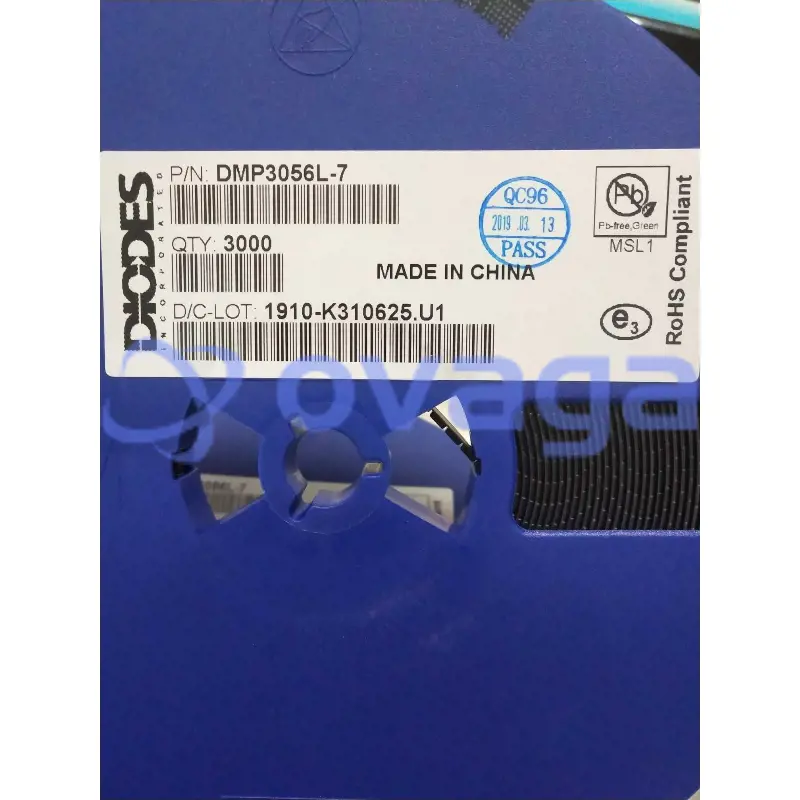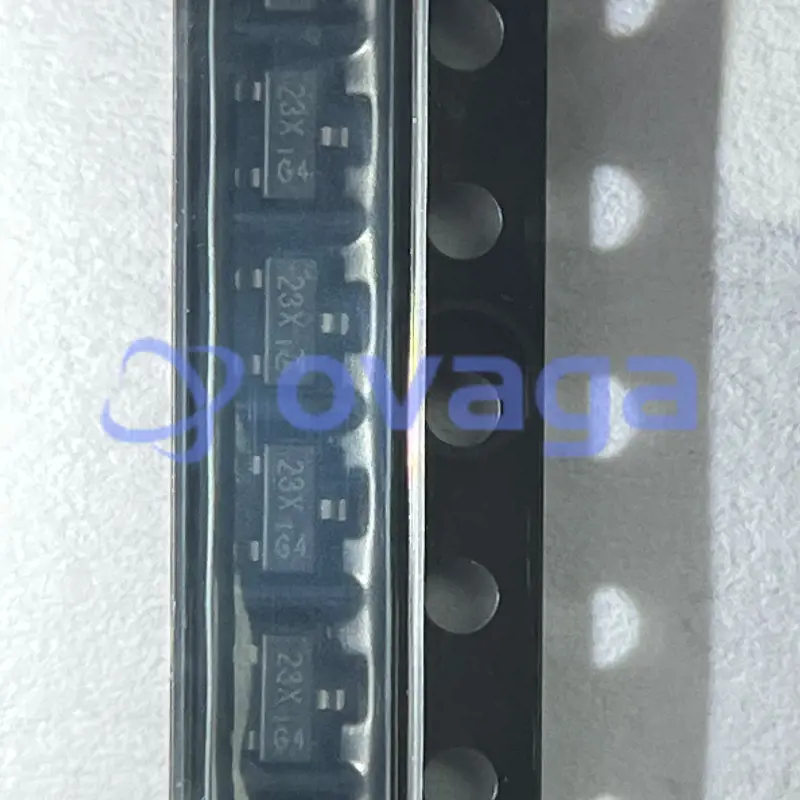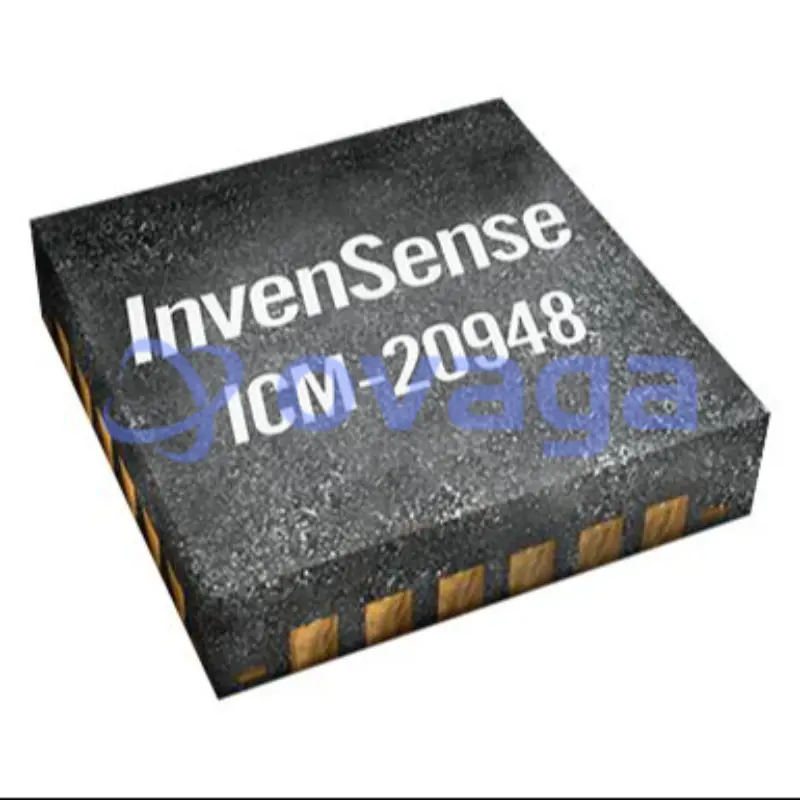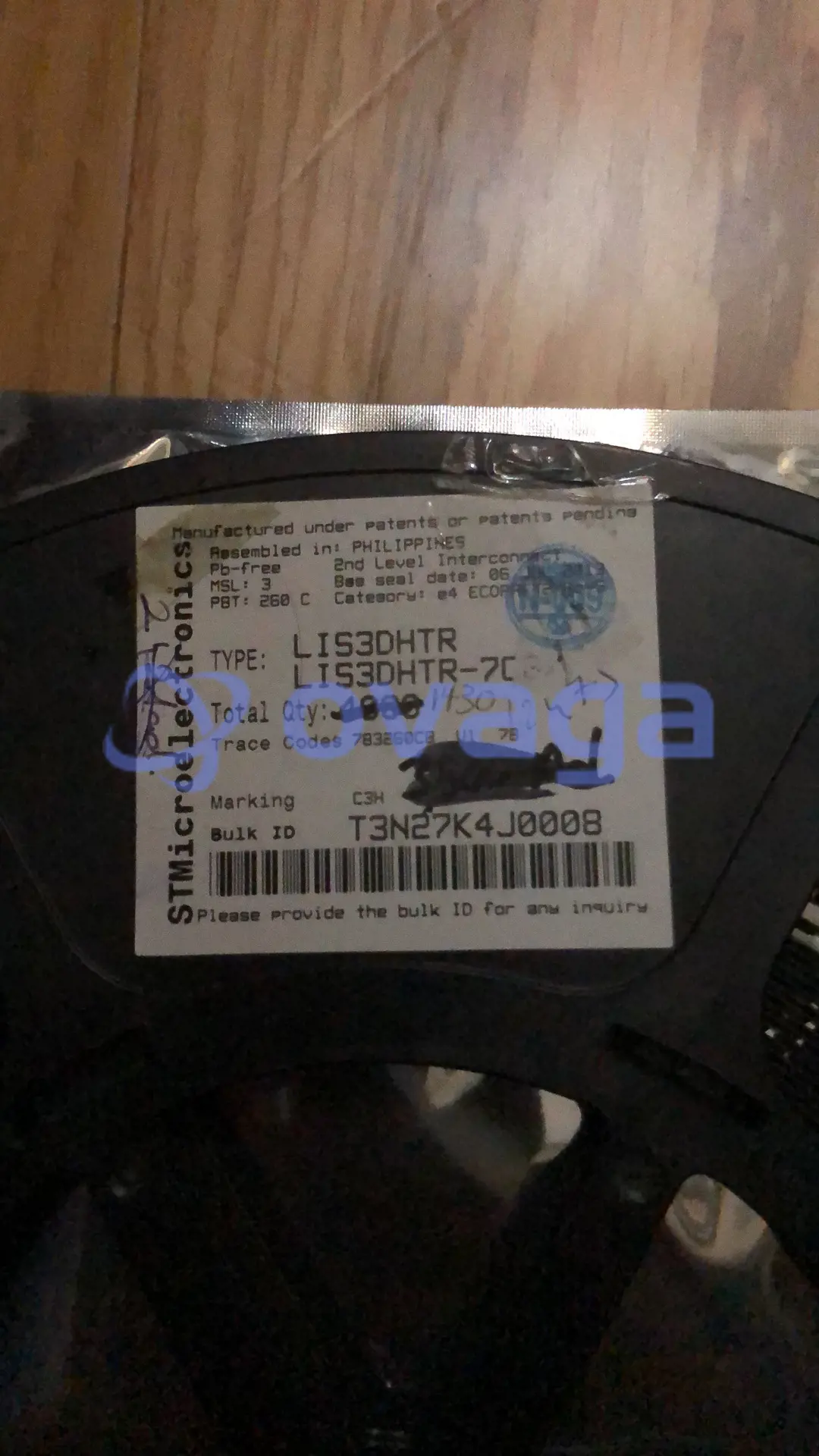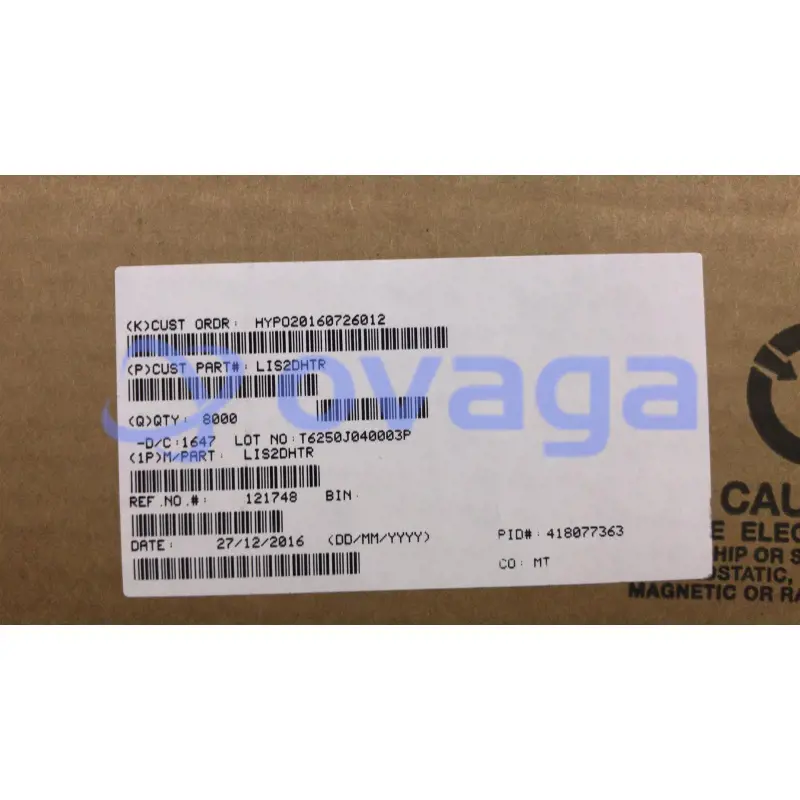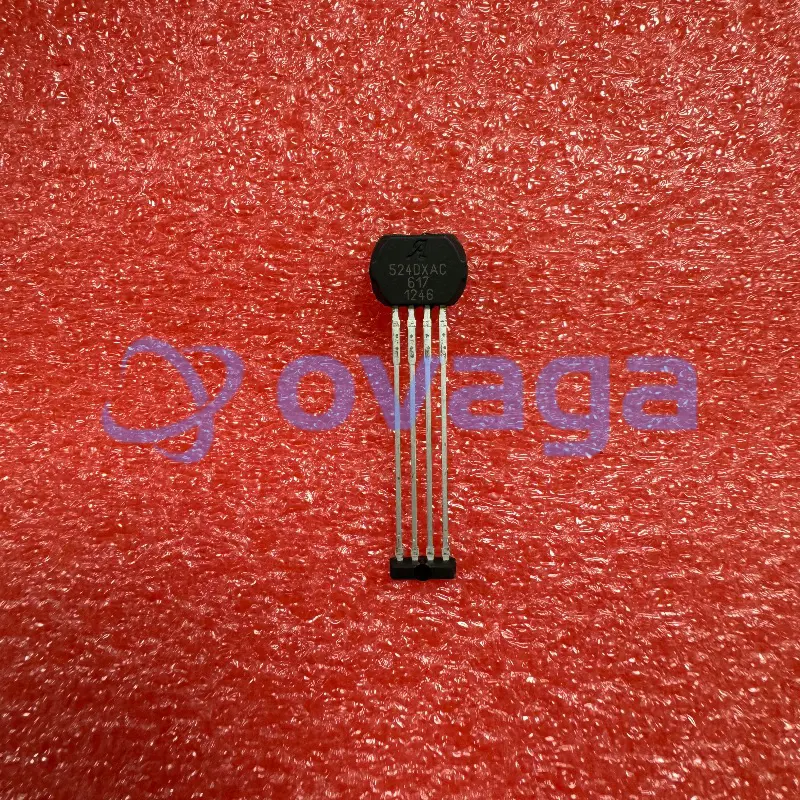Top Picks for LR44 Battery Equivalents
Update Time: Nov 29, 2023 Readership: 3384
Contents
The LR44 battery is an alkaline coin cell whose battery chemistry includes silver oxide as the positive electrode, metallic zinc powder as the negative electrode, and the electrolyte is usually potassium hydroxide or sodium hydroxide.
The working principle of this battery involves a chemical reaction between zinc and silver oxide. Through the electrical energy generated by this reaction, the LR44 battery can provide reliable power support.
LR44 batteries are known for their long life and large capacity. These characteristics make it widely used in various devices and applications. Whether it is small electronic devices, calculators, or some medical equipment, LR44 batteries are favored for their efficient performance. Its large number of applications makes it one of the most common button batteries on the market.
LR44 Battery Specifications
Battery Type: Alkaline Button Cell
Operating Temperature Range: -10°C to 60°C
Weight: 2 grams
Chemistry: Alkaline and Manganese Dioxide (MnO2)
Manufacturer: Murata Electronics
Series: LR44R
Rated Voltage: 1.5 V
Capacity: 150mAh
Dimensions: 0.46" Diameter x 0.21" Height (11.6mm x 5.4mm)
Discharge Rate: 300µA
LR44 Battery Equivalents
In the battery world, different types of batteries have their own unique chemistries and uses.
First of all, alkaline batteries are known for their stable performance and mainly use zinc oxide as the negative electrode and manganese dioxide as the positive electrode. The nominal voltage of this type of battery is 1.5V, while the endpoint voltage is 1.0V. However, their voltage drops over time. Examples include LR44, 76A, AG13, LR1154, A76, L1154.
In contrast, Silver-Oxide batteries provide a very constant voltage, usually around 1.55V. This makes them ideal for devices that require stable power. SR44W, SR44, SR44SW, 157, 357, etc. are all such batteries.
Zinc-air batteries are known for their relatively low voltage and large capacity, usually between 1.4-1.45V. This type of battery is mainly used for devices such as hearing aids that require large capacity but relatively low voltage. 675, Blue Tab, ZA675, PR44, etc. are all such batteries.
Finally, mercury oxide batteries were no longer used because they contained mercury. They have a slightly lower voltage of 1.35V and may be labeled MR44, MR1154. This type of battery has been withdrawn from the market due to environmental and health concerns.
There are also differences in the capacity of various batteries. Alkaline batteries are generally 110-130mAh, silver oxide batteries are 150-200mAh, zinc-air batteries are 600-700mAh, and mercury oxide batteries are 180-200mAh.
Duracell 76A:
The Duracell 76A is equivalent to LR44 and is often used interchangeably.
Energizer A76:
Energizer A76 is another direct equivalent to LR44. It has the same size and voltage.
AG13:
AG13 is a generic designation for LR44-equivalent batteries. It is commonly used in watches, calculators, and other small electronic devices.
303:
The 303 battery is physically the same size as LR44, but it is often a silver oxide battery. Silver oxide batteries generally have a longer lifespan and are suitable for low-drain applications like watches.
SR44 and SR44SW:
These are also silver oxide batteries with the same physical dimensions as LR44. They provide stable power for devices with low energy consumption, such as watches and small electronic gadgets.
357:
The 357 battery is similar in size but is often a silver oxide or alkaline battery. While it may fit in LR44-compatible devices, the different chemistry might affect performance and longevity.
LR44 Manufacturers
The LR44 battery is produced by various manufacturers, and it is a standardized size and type that may be labeled differently by different brands.
Murata Electronics: A well-known electronic components manufacturer, Murata Electronics is associated with the LR44 battery series.
Energizer: A globally recognized battery manufacturer, Energizer often produces LR44 batteries under its own brand.
Duracell: Another major player in the battery industry, Duracell is known for manufacturing LR44 batteries.
Sony: Sony, a leading electronics company, is also involved in the production of LR44 batteries.
Panasonic: Panasonic, a multinational electronics corporation, is a manufacturer of LR44 batteries.
LR44 Battery Applications
-
Medical equipment
LR44 batteries are widely used in the medical field, including medical equipment such as glucose meters and hearing aids. Its high capacity and reliability make it an ideal power source for medical devices requiring precise measurement and continuous use.
-
Remote control device
As one of the main power sources for remote controls, LR44 batteries are widely used in various home electronic devices, such as TV remote controls, audio system remote controls, etc. Its long life and predictable energy output ensure the stability and durability of your remote control.
-
Toys and small electronic equipment
LR44 batteries are widely used in various toys and small electronic devices, including electronic games, small toys and other entertainment appliances. Its compact size and reliable energy output make it an ideal energy choice for these devices.
-
LED small lamps and handheld lamps
Due to the relatively high power provided by LR44 batteries, they are often used in LED small lights and handheld lamps. The stability and long life of these batteries ensure that lighting fixtures provide reliable brightness over long periods of time.
-
Digital small device
In addition to the calculators, watches and digital thermometers mentioned earlier, LR44 batteries are also widely used in other small digital devices, such as small timers, digital notepads, etc. These devices often require a lightweight and efficient power solution, and the LR44 battery meets these requirements.
-
Audio equipment
LR44 batteries are commonly used in small audio devices such as mini speakers, personal music players and voice recording devices. Its stable power output is crucial to ensuring audio quality.
Discharge Characteristics
Can I replace LR44 with AA?
While it is technically possible to use AA batteries as a substitute for LR44 batteries in certain situations, there are some important considerations and potential issues to be aware of.
- Size Difference
LR44 batteries are much smaller than AA batteries. The LR44 has a diameter of about 11.6mm and a thickness of about 5.4mm, while AA batteries have a diameter of about 14.5mm and a length of about 50.5mm. Physically fitting AA batteries into a device designed for LR44 may be challenging, and the larger size may not allow for proper contact.
- Voltage Difference
LR44 batteries typically have a voltage of 1.5 volts, while AA batteries have a nominal voltage of 1.5 volts as well. However, the capacity (mAh) of AA batteries is much higher than that of LR44 batteries. This could potentially lead to overvoltage issues, damaging the device or affecting its performance.
- Polarity and Connection
Connecting AA batteries to a device designed for LR44 may require modification of the battery compartment to ensure proper electrical contact. Additionally, ensuring the correct polarity is crucial to avoid damage.
- Risk of Leakage
Alkaline AA batteries have a higher capacity and may deliver a higher current than LR44 batteries. This could lead to increased heat generation, potentially causing leakage or damage to the device.
Can a 675 battery replace a LR44?
The 675 battery and LR44 battery have different sizes and voltages, so they are not direct replacements for each other.
LR44 Battery:
Voltage: 1.5 volts
Dimensions: 11.6mm diameter, 5.4mm thickness
675 Battery:
Voltage: 1.4 volts (zinc-air) or 1.45 volts (alkaline)
Dimensions: 11.6mm diameter, 5.4mm thickness (zinc-air), or 14.5mm diameter, 5.4mm thickness (alkaline)
While the dimensions of the 675 battery match those of the LR44, the voltage difference is significant. The LR44 operates at 1.5 volts, while the 675 battery typically operates at a lower voltage (either 1.4 volts for zinc-air or 1.45 volts for alkaline). This voltage difference may affect the performance of devices designed specifically for 1.5-volt LR44 batteries.
If a device explicitly requires a 1.5-volt LR44 battery, it's advisable to use the correct voltage to ensure proper functionality. Using a 675 battery with a lower voltage may result in reduced performance or improper operation of the device.
Does 377 replace LR41?
Yes, you can use a 377 battery as a replacement for an LR41 battery. Both are coin cell batteries with similar dimensions (7.9mm in diameter and 3.6mm in thickness), and they have a nominal voltage of 1.5 volts. The key difference is in the chemistry: LR41 batteries are typically alkaline, while 377 batteries are silver oxide.
In many cases, silver oxide batteries like the 377 offer a longer lifespan and more stable voltage over time compared to alkaline batteries. The higher capacity and voltage stability of silver oxide batteries make them suitable for applications that require a steady and longer-lasting power source.
So, if your device originally used an LR41 battery, replacing it with a 377 battery should work, and you may even benefit from the extended lifespan provided by the silver oxide chemistry.
Will A76 battery work for LR44?
A76, also known as LR44, is a widely used button cell battery size, and these designations are often used interchangeably. The Duracell 76A, Energizer A76, and AG13 are all equivalent batteries to LR44, and they can be used interchangeably in many devices that require LR44 batteries.
Is the LR44 battery the same as LR41?
LR44 and LR41 batteries differ in size and capacity.
LR44 Battery:
Diameter: 11.6mm
Thickness: 5.4mm
Equivalent to: 357, A76, AG13, and others
Commonly used in watches, calculators, small electronic gadgets
LR41 Battery:
Diameter: 7.9mm
Thickness: 3.6mm
Equivalent to: 392, SR41W, AG3, and others
Commonly used in small electronic devices such as watches, calculators, and hearing aids
While both LR44 and LR41 batteries are button cell batteries with a nominal voltage of 1.5 volts, they have different sizes and are not interchangeable in devices designed for a specific size.
What is the difference between LR44 and L1154F batteries?
LR44 and L1154F batteries are essentially the same type of button cell batteries with a nominal voltage of 1.5 volts, and they share several alternative designations.
LR44:
Diameter: 11.6mm
Thickness: 5.4mm
Other Names: AG13, A76, 357, G13, and more
Chemistry: Alkaline
L1154F:
Diameter: 11.6mm
Thickness: 5.4mm
Other Names: LR44, LR1154, AG13, 157, and more
Chemistry: Alkaline
LR44 and L1154F have the same physical dimensions and are equivalent in terms of voltage and general usage. Depending on the manufacturer or brand, these batteries might be labeled differently, but they are interchangeable for most applications.
What is the difference between AG10 and LR44?
The primary difference is in the thickness, with LR44 being thicker than AG10. Due to its larger size, LR44 typically has a higher capacity compared to AG10. Both batteries have a nominal voltage of 1.5 volts and are used in various small electronic devices.
AG10:
Diameter: 11.6mm
Thickness: Approximately 3.1mm
Chemistry: Alkaline
Other Names: LR1130, LR54, 189, 389, and more
LR44:
Diameter: 11.6mm
Thickness: Approximately 5.4mm
Chemistry: Alkaline
Other Names: AG13, A76, 357, G13, and more
Read More:
LR44 VS SR44: Is SR44 the Same as LR44
CR2016 vs. CR2032: Is CR2016 Same as CR2032
Extended Reading
 FAQ
FAQ
-
What size battery is LR44 in Energizer?
1.75 x 0.5 x 3.5 inches
-
What Is The LR44 Used For?
LR44 batteries, known for their small size and stable power output, find widespread use in various applications. From powering digital thermometers, calculators, and laser pens to being essential in wristwatches, medical devices, and security system panels, LR44 batteries are versatile and commonly employed in small electronic devices where a compact and reliable power source is needed. Their applications extend to memory backup, flashlights, and certain battery pack configurations, making them a popular choice for a diverse range of portable and compact electronics.
-
Is LR44 battery alkaline or lithium?
Alkaline.
-
Do LR44 batteries corrode?
Yes, like many other batteries, LR44 batteries have the potential to leak or corrode over time.
-
Are LR44 batteries safe?
LR44 batteries, like many other button cell batteries, are generally safe when used as intended.
-
Do LR44 batteries contain lead?
LR44 batteries have zero lead content.
-
Is LR44 the same as AG13?
Yes, LR44 batteries are the same as AG13 batteries. Both designations refer to a common type of alkaline button cell battery with a nominal voltage of 1.5 volts. Additionally, A76 is another designation used interchangeably with LR44 and AG13.
-
Is LR44 the same as 675?
LR44 alkaline batteries and zinc-air size 675 batteries share the same physical dimensions, and they can be used interchangeably in devices that accommodate this size. The fact that they have the same size allows for compatibility in devices designed for this specific battery form factor.
-
Can I use A76 instead of LR44?
Yes, you can use A76 batteries instead of LR44 batteries. In fact, A76, LR44, and AG13 are all designations for batteries that share the same physical size and similar specifications.
-
Can you recharge an LR44 battery?
Attempting to recharge an LR44 battery is not recommended, and it can be dangerous. LR44 batteries are typically classified as primary (non-rechargeable) alkaline batteries. These batteries are not designed to handle the charging process, and efforts to recharge them may lead to leakage, overheating, or even rupture, posing safety risks.
-
What's the difference between an LR44 and an LR44H battery?
When comparing an LR44 to an LR44H battery, it's important to note that the suffix H doesn't denote a distinct technical characteristic; rather, it serves as an alternative designation for the same battery type. Discrepancies in designations often arise from variations in how identical cells are labeled across different countries or by different manufacturers. In essence, both LR44 and LR44H refer to the same type of battery, and any perceived disparity in nomenclature is typically rooted in regional or brand-specific distinctions rather than inherent technical differences.
-
Are LR44 and CR2032 the Same?
LR44 and CR2032 batteries exhibit distinctions in terms of their chemical composition, voltage output, and physical dimensions. LR44, characterized by alkaline chemistry, operates at 1.5V with compact dimensions measuring 11.6mm x 5.4mm. On the other hand, CR2032, a lithium battery, boasts a higher voltage of 3.0V and larger dimensions at 20mm x 3.2mm. Adhering to the specified battery type outlined in a device's requirements is crucial to guarantee optimal performance and avert potential damage.
Popular Blogs
-
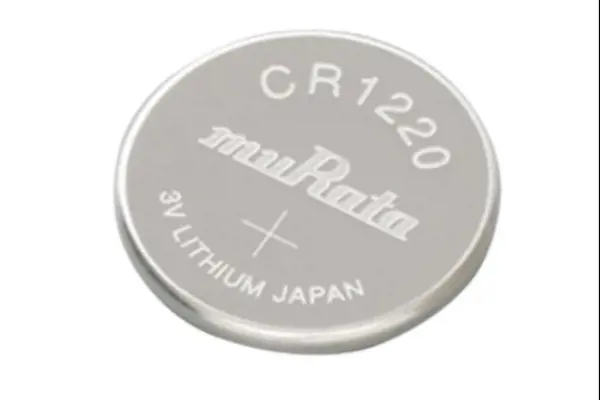
CR1220 Battery Equiv...
The CR1220 is a coin cell battery with a diamete...
-
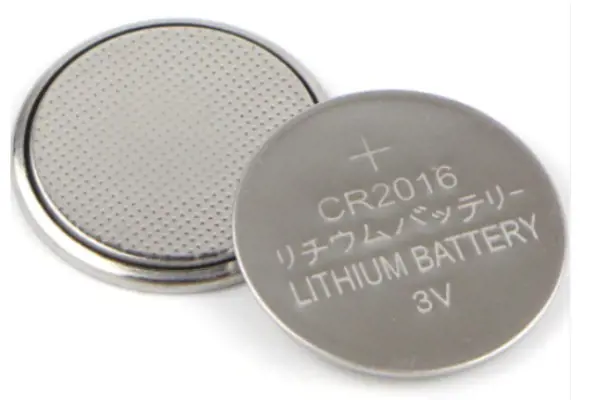
CR2016 vs. CR2032: I...
CR2032 is used in electronic dictionaries, and C...
-

LR44 vs 357: Are LR4...
In button cell batteries, the LR44 and 357 have ...
-

Six TDA2822m Applica...
This article will introduce in detail six TDA282...



